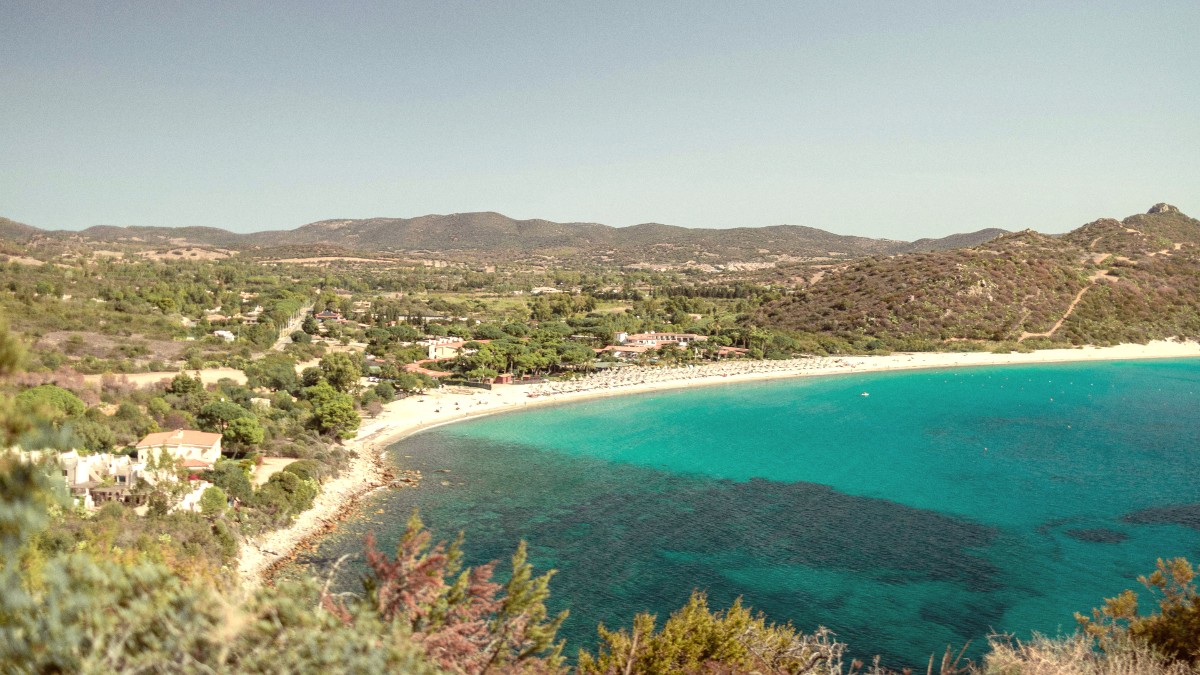
Sardinia, Italy
The Aragonese conquest in the 14th century profoundly shaped Alghero’s culture, including its food. While rooted in Sardinian ingredients and traditions, Alghero's cuisine incorporates Spanish and Catalan techniques and dishes. This results in preparations like Aragosta alla Catalana and widespread use of saffron and specific fish preparations. Sardinia's broader culinary identity features hearty peasant dishes, roasted meats, and strong cheeses, reflecting its agricultural history. Coastal areas naturally focus more on seafood.
Sardinian cuisine is diverse. The island's interior, known as Barbagia, emphasizes roasted meats, wild game, and traditional bread. Coastal areas like Alghero lean heavily into seafood. These regional differences reflect in menus across the island.
Lunch (pranzo) typically runs from 1:00 PM to 3:00 PM. Dinner (cena) usually starts around 8:00 PM and can extend until 10:00 PM or later. Many restaurants close between lunch and dinner service.
A "coperto" (cover charge per person, usually €1-€3) or "servizio" (service charge, 10-15% of the bill) may be added. This is a standard charge, not a tip. Check your bill. Bread is typically served, often included in the coperto.
Espresso is the usual choice after a meal; cappuccino and other milk-based coffees are generally considered breakfast drinks. Request "acqua naturale" (still water) or "acqua frizzante" (sparkling water).
Alghero's famous lobster dish, served chilled with fresh, chopped tomatoes, onions, celery, and a light lemon-oil dressing.
Find in upscale seafood restaurants, especially those lining the Old Town's bastions.
A delightful pasta dish featuring fregola, a small, toasted semolina pasta unique to Sardinia, cooked with local clams in a delicate broth.
This dish is widely available in seafood restaurants throughout the city.
Whole roasted suckling pig, a quintessential Sardinian dish, traditionally cooked on a spit for hours until the skin is incredibly crispy.
More common in agriturismi or traditional trattorias; sometimes requires advance booking due to long preparation time.
Pizza by the slice, often with various toppings. A quick and affordable meal or snack.
A savory chickpea flour pancake, similar to Ligurian farinata. Crispy on the edges and soft in the middle, found in dedicated "fainèrie" or pizzerias.
Alghero features several upscale restaurants, notably nestled within the Old Town. These specialize in refined Sardinian and seafood cuisine, often boasting elegant settings, impeccable service, and sea views.
These are abundant throughout the Old Town and the Lido area. They deliver a wide range of seafood, pasta, and traditional Sardinian dishes at reasonable prices.
Quick and affordable options include street food, bars, and cafes for snacks or light meals.
This daily indoor municipal market is a bustling hub for local produce, cheeses, cured meats, and other Sardinian delicacies.
A fantastic place to observe local life and gather ingredients for a picnic or home-cooked meal.
Situated by the port, this is where local fishermen sell their fresh catch. Arrive in the morning for the best selection.
Perfect if you have access to a kitchen for self-catering.
Sardinia's most famous white wine, crisp and aromatic.
Sardinia's most famous red wine, full-bodied and robust.
Traditional Sardinian liqueur from myrtle berries, served chilled as a digestivo.
The local Sardinian beer, a popular and refreshing choice.
Italy is generally aware of celiac disease. Many restaurants, especially pizzerias, now feature gluten-free pasta and pizza options.
Look for establishments displaying "AIC" (Associazione Italiana Celiachia - Italian Celiac Association) certification, indicating specific preparation standards.
It is common to ask about allergens in Italy. Learning Italian phrases for allergies (e.g., "Sono allergico a..." - I am allergic to...) is helpful.
Translation apps on your phone or a printed dietary card greatly assists clearer communication.
For unique preferences or specific dietary needs, online platforms and local guides can assist your search for suitable dining establishments in Alghero.
Alghero delivers several ways to deepen your appreciation for its food culture beyond traditional restaurant dining.
Beyond dining in restaurants, Alghero features several ways to deepen your appreciation for its food culture.
Features an authentic, often multi-course, meal with local produce and traditional recipes in a rustic, family-run setting.
Deliver atmospheric dining with stunning sea views, especially at sunset.
Learn to prepare traditional Sardinian dishes like fresh pasta (fregola, malloreddus) or the sweet seadas.
Explore local markets, specialty shops, and hidden eateries, gaining insights into local ingredients and culinary traditions.
These often include tours of their vineyards, olive groves, or cheese production facilities, followed by a meal featuring their own produce.
Sample Vermentino or Cannonau wines directly from the source, learning about Sardinian viticulture.
Autumn often features grape or olive oil festivals, providing a chance to sample seasonal specialties and experience local traditions.
Some shops in Alghero specializing in red coral offer insights into the traditional Algherese coral processing and craftsmanship.
Engage directly with local culinary practices, from pasta making to seafood preparation, deepening your connection to the food.
Taste true regional dishes and ingredients that are not commonly found outside Sardinia, savoring unique taste profiles.
Meet local producers, chefs, and culinary experts, gaining firsthand knowledge and stories behind the food.
Understand the traditions and history that shape Sardinian and Algherese cuisine, enhancing your appreciation for its heritage.
Fresh sea urchins are a winter delicacy, typically available from November to April. Artichokes are prominent in spring, featuring in various pasta dishes or as a side.
Local food-related festivals celebrate seasonal produce, providing opportunities to sample specialties and experience traditions.
Discover local ingredients at Mercato Civico and the Fish Market, observing daily life and local produce.
Food tours guide you to lesser-known eateries and authentic local spots not always found by general tourists.
Gain insights into the preparation of traditional dishes, often with demonstrations or discussions with chefs.